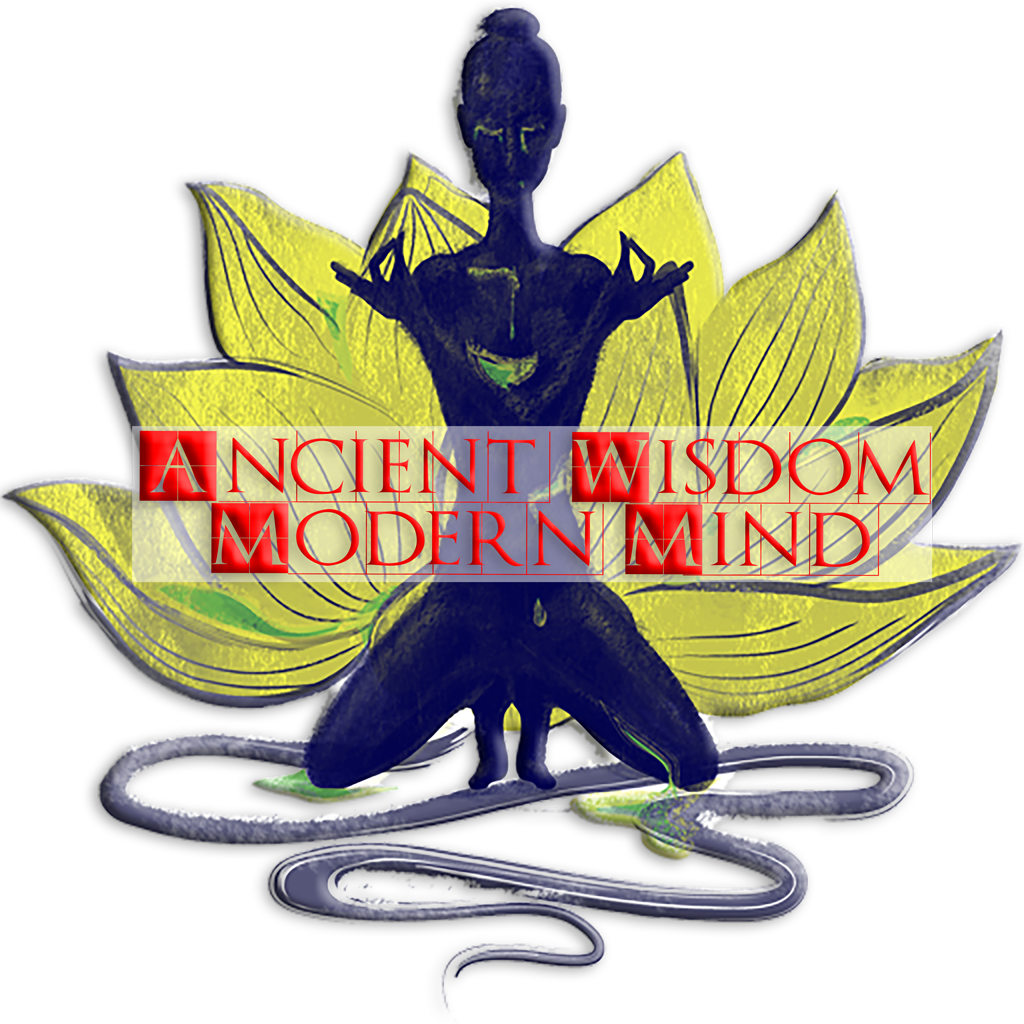Zen Koan Explained | No Attachment to Dust
▶️ If you would like to learn about Zen mediation then I have also created the Zazen Compilation ALBUM (The Complete Zen Collection to understanding Zen, Zazen and Kinhin, including guided meditations), follow the link.
What does No Attachment to Dust mean? What is the purpose of a Zen koan?
Hello, Jason Cain here and welcome to the Ancient wisdom modern mind podcast and today would like to share the Zen kōan “No Attachment to Dust”.
If you are unfamiliar with the term kōan (also called coagon), a kōan means riddle or puzzle that Zen Buddhists masters would use to help students unravel greater truths about themselves. The Kōan is not trying to get you anywhere intellectually; but is instead trying to make a shift in focus and is meant to make the novice realize that rational and discursive process doesn’t work.
Nothing anyone can say about the kōan can ever be sufficient, as the solution must come through insight. Understanding this inner process leads the novice to understand their own mind through the process of letting go of their current thinking, in a sense, the novice solves the kōan when they become a part of the kōan, when they realize that there is nothing to understand.
Dust hides that which once was new and shiny, and gives us the illusion we need something new, because we so often choose to replace something based on what we see or want, instead of what we truly need. “No Attachment to Dust” shows the notice the value of letting go of wants and needs, and need to detachments from things, and in the letting go of things you also release the disappointment of attachment.
Think of the dust on your mirror; in order to see yourself clearly you need to keep wiping it clean. A dusty house is a representation of a dusty mind. Therefore the less possessions you have attachment too, the easier it is to manage the dust. Even memories collect dust in our minds, and letting go so this kōan teaches the novice the value of breathing freely without dust.
Of course there is more to Zen than this, but these few ideas should suffice as background for the understanding of your spiritual journey. Please listen to the podcast untill the end, and if you have any questions let me know in the comments.
If you like the Podcast please support my work by downloading the podcast for a Supporter’s remuneration, 👍 share and Stay safe.
▶️ If you would like to learn about Zen mediation then I have also created the Zazen Compilation ALBUM (The Complete Zen Collection to understanding Zen, Zazen and Kinhin, including guided meditations), follow the link.
Letter of Support
Hello my friends, the patronage of regular followers is greatly appreciated and is the true spirit of mutual self-love… So, if you find any value or joy in the content, please consider becoming a Supporting Patron by downloading Podcasts for a small supporter’s remuneration or by purchasing Meditation audios or books from the Books & Meditation Audios page or by clicking the Supporters Link, and this one simple act makes a huge difference.
👍 share and Stay safe.
References
// IMAGE S O U R C E:

